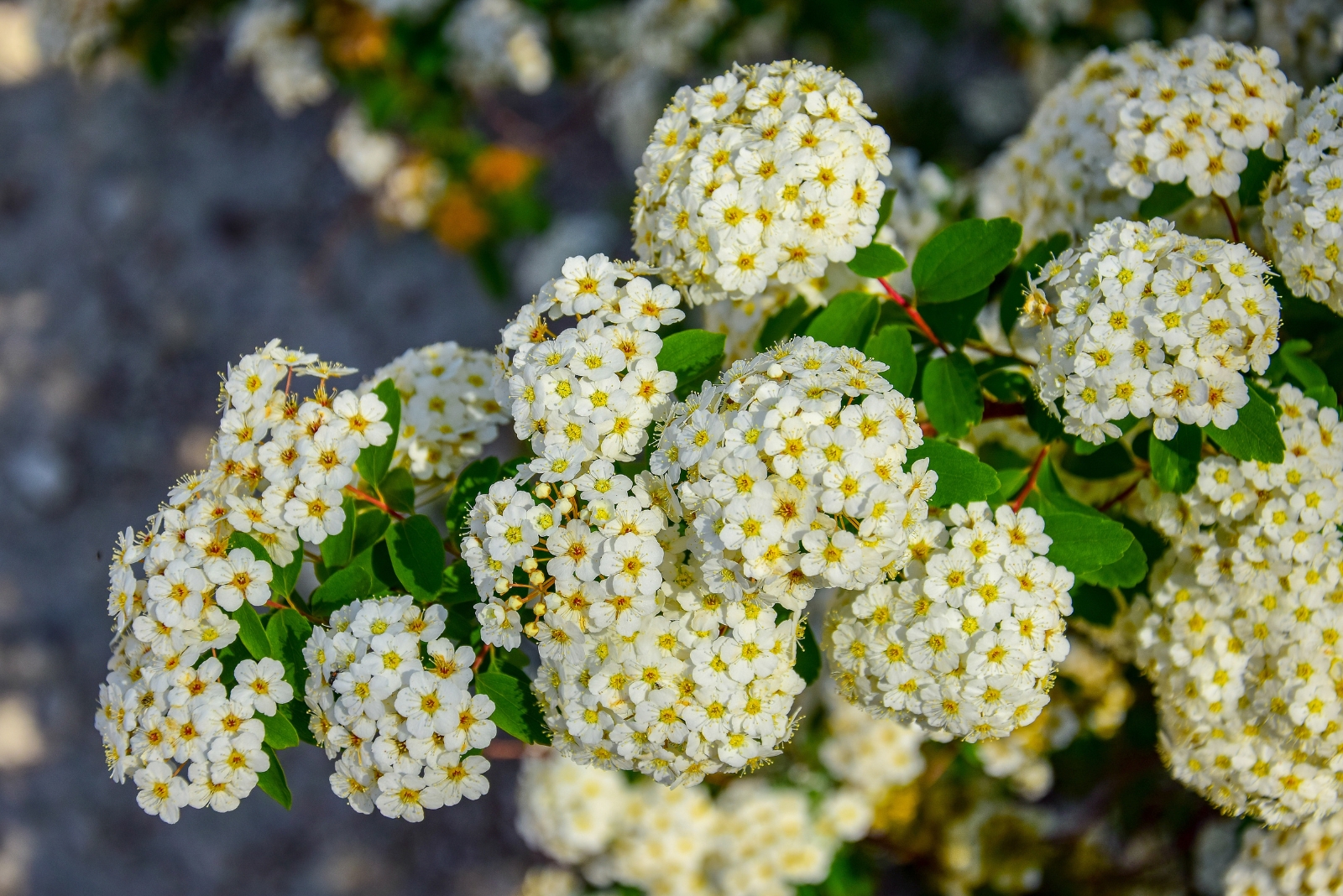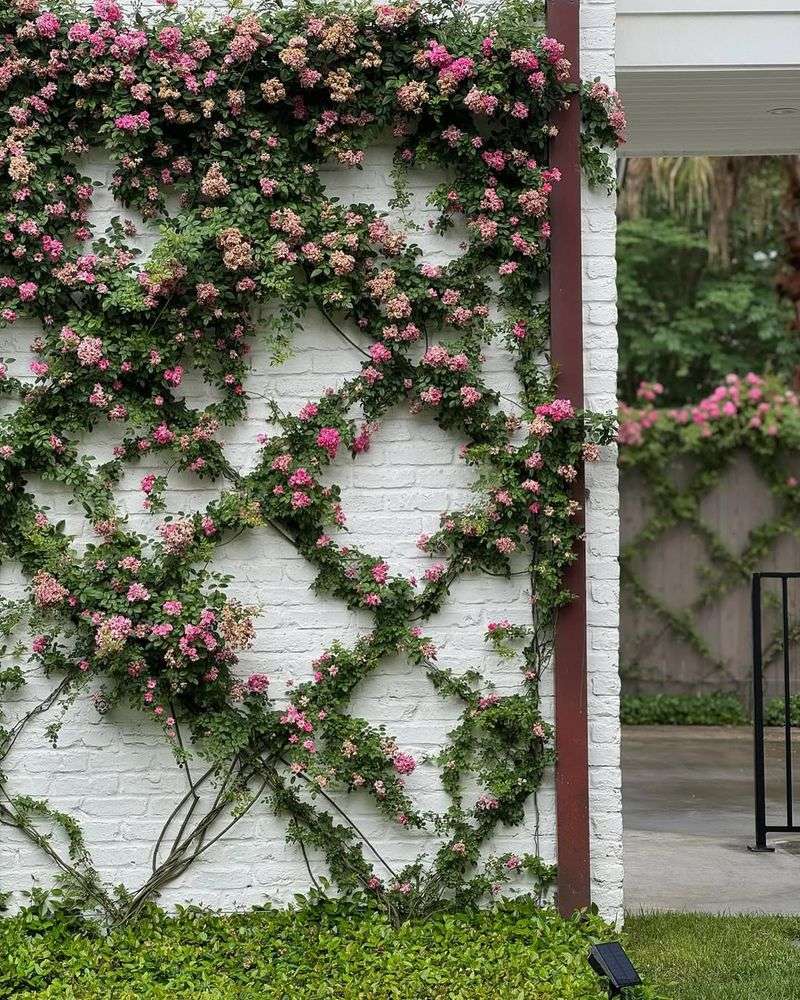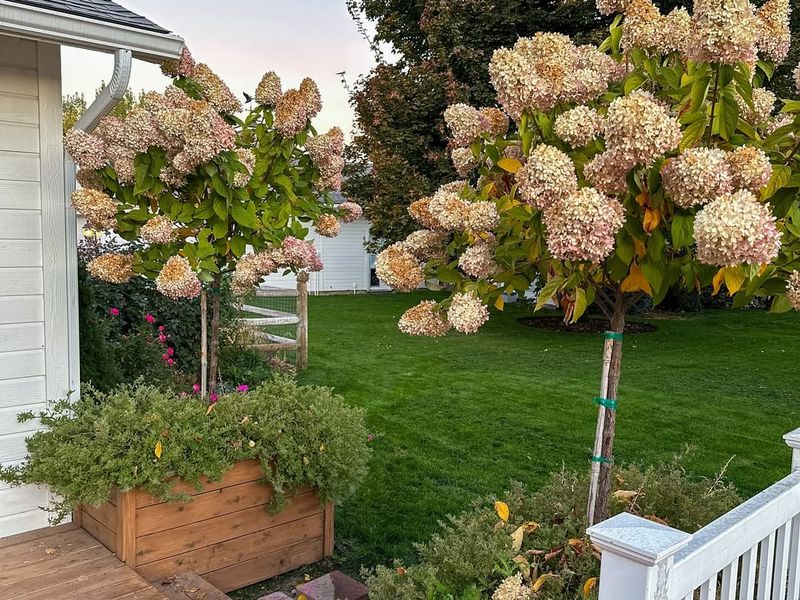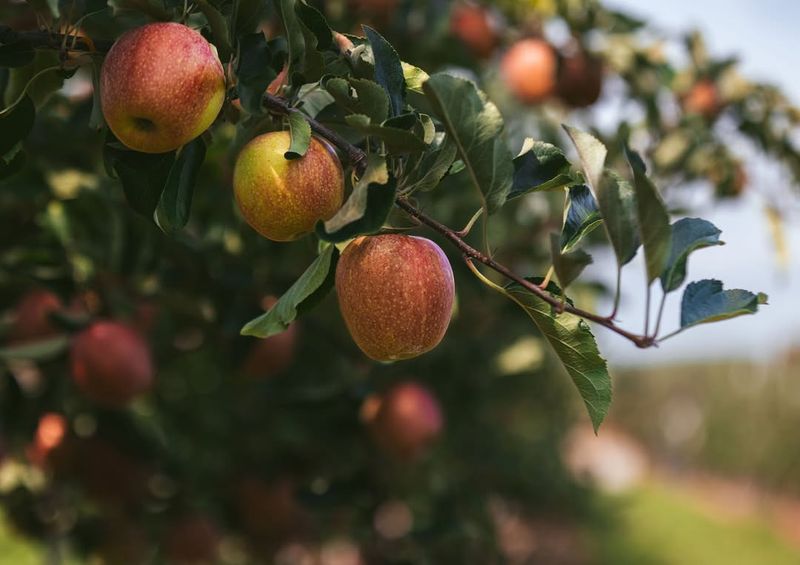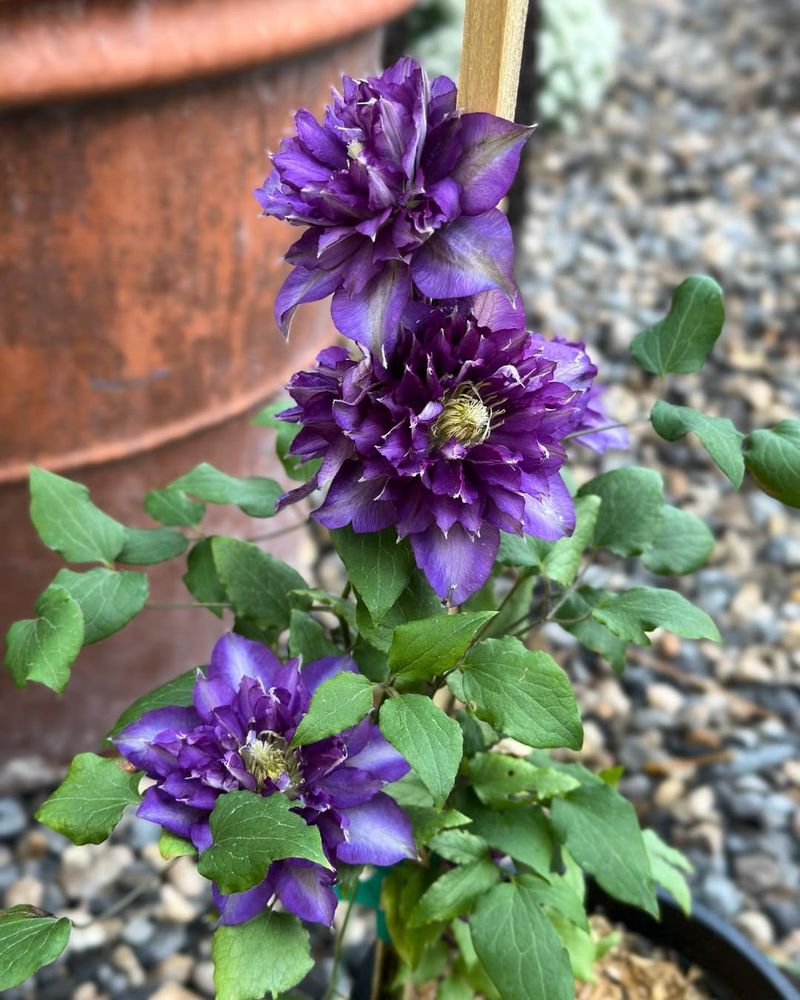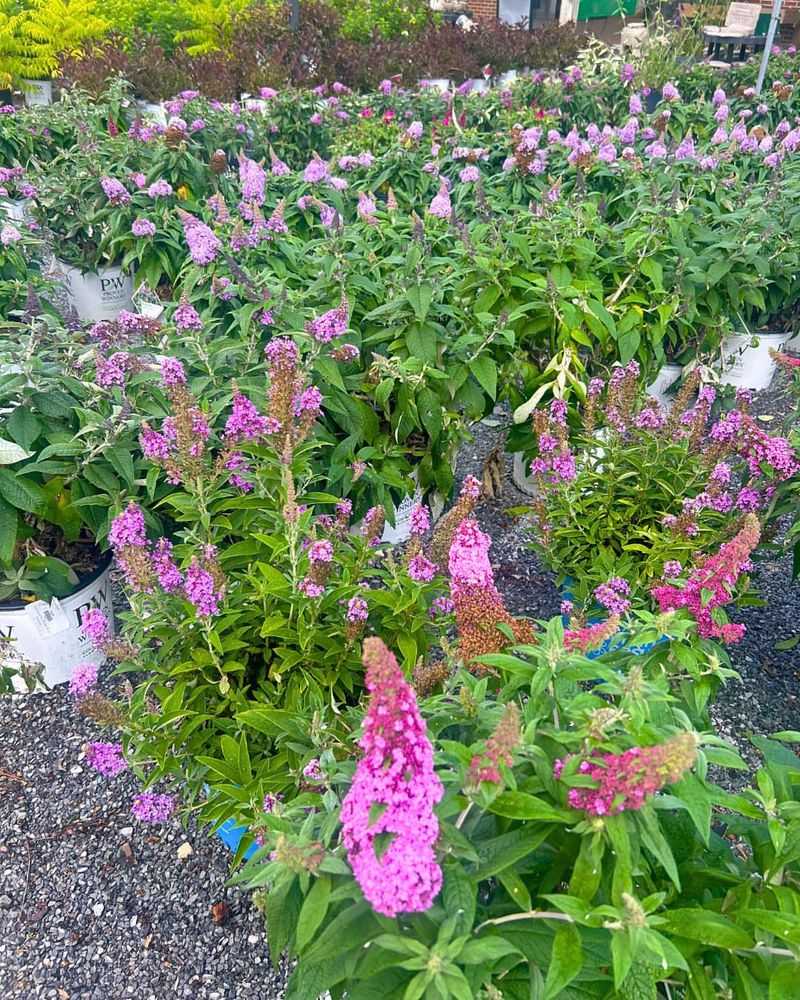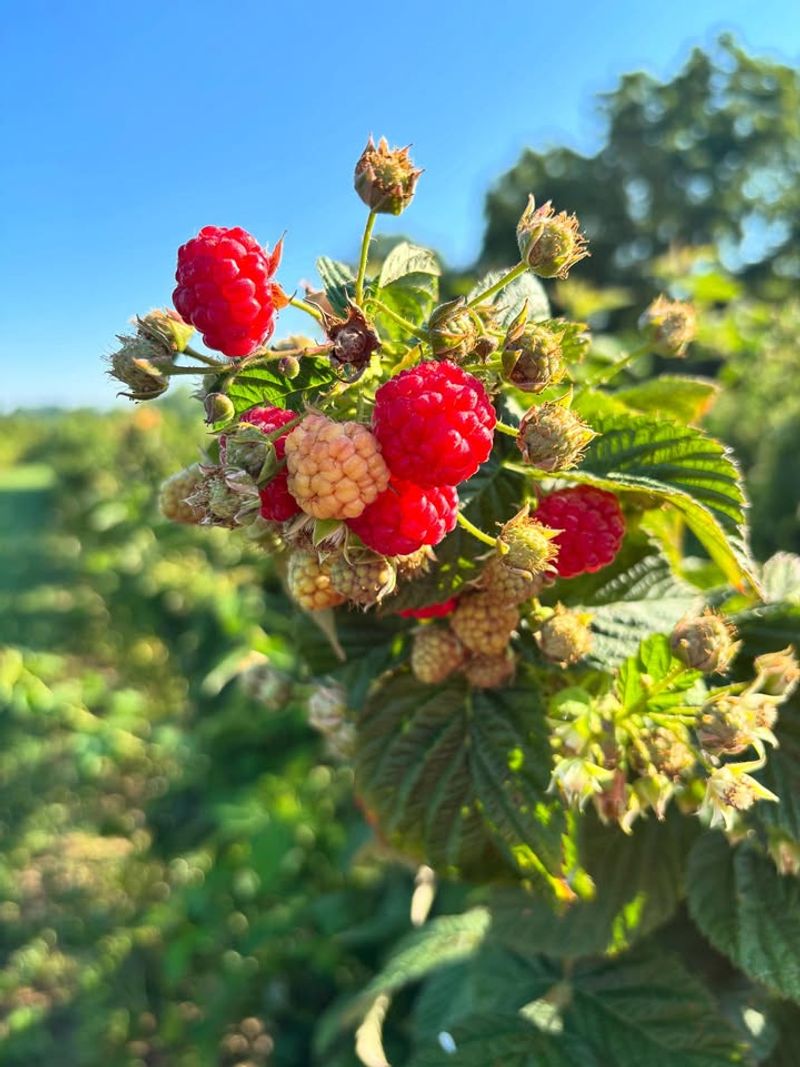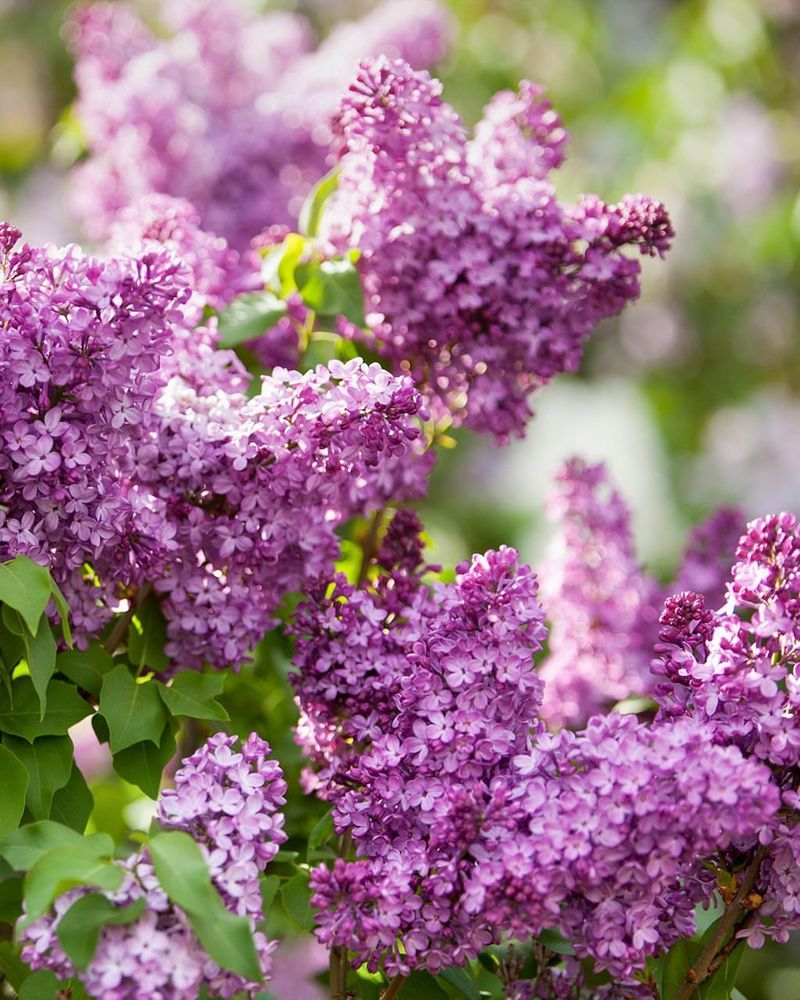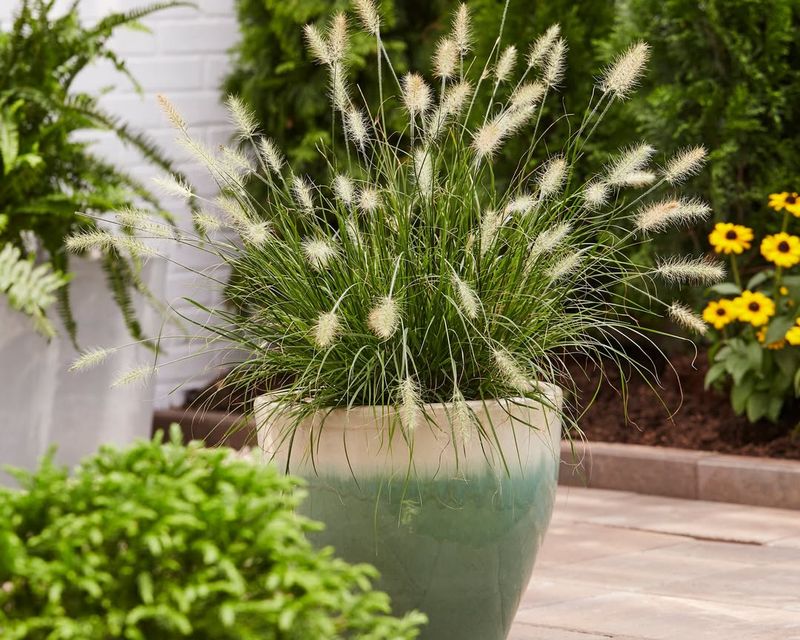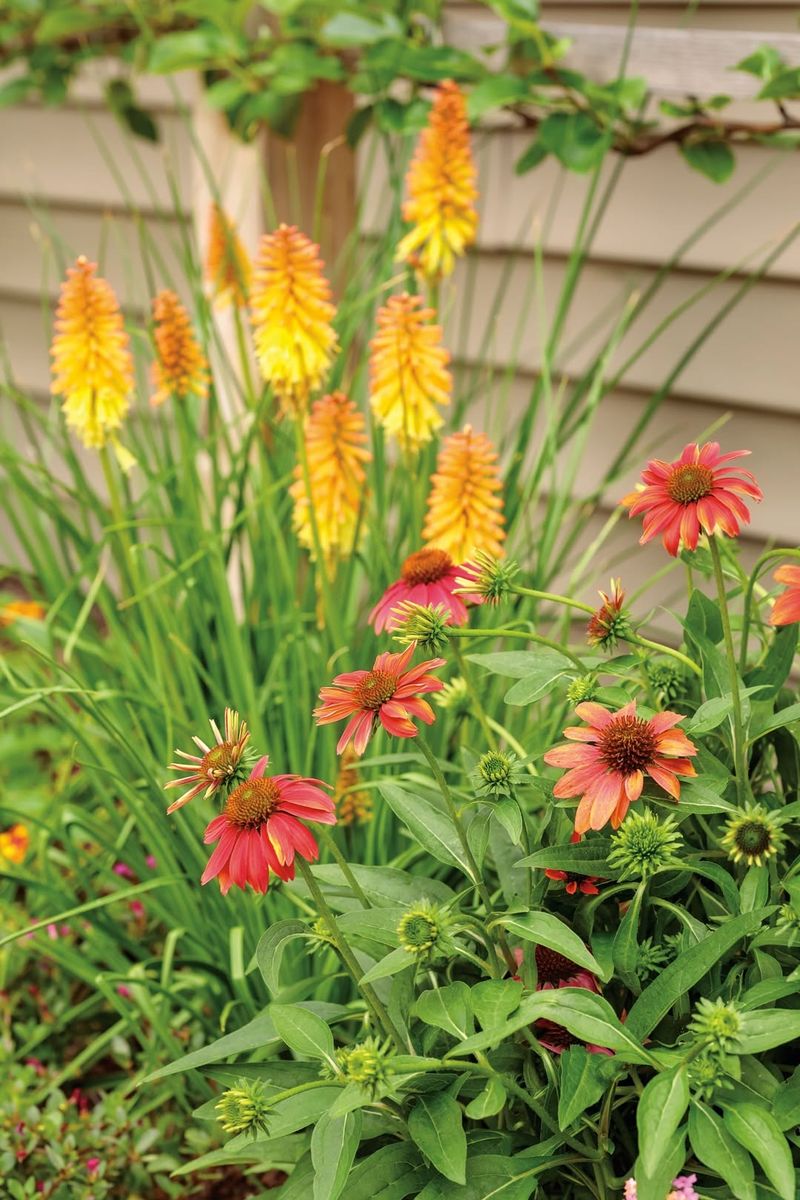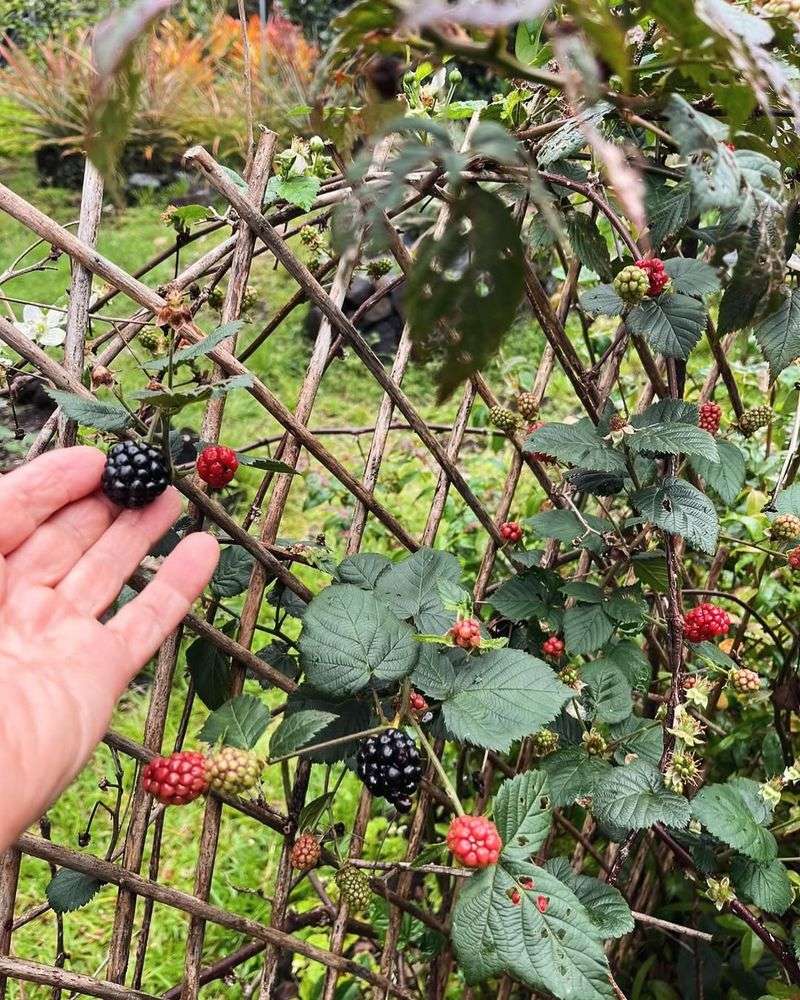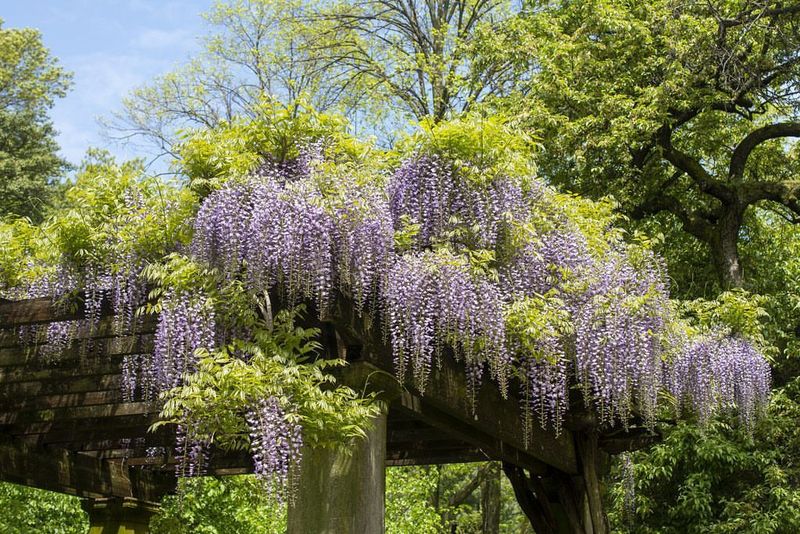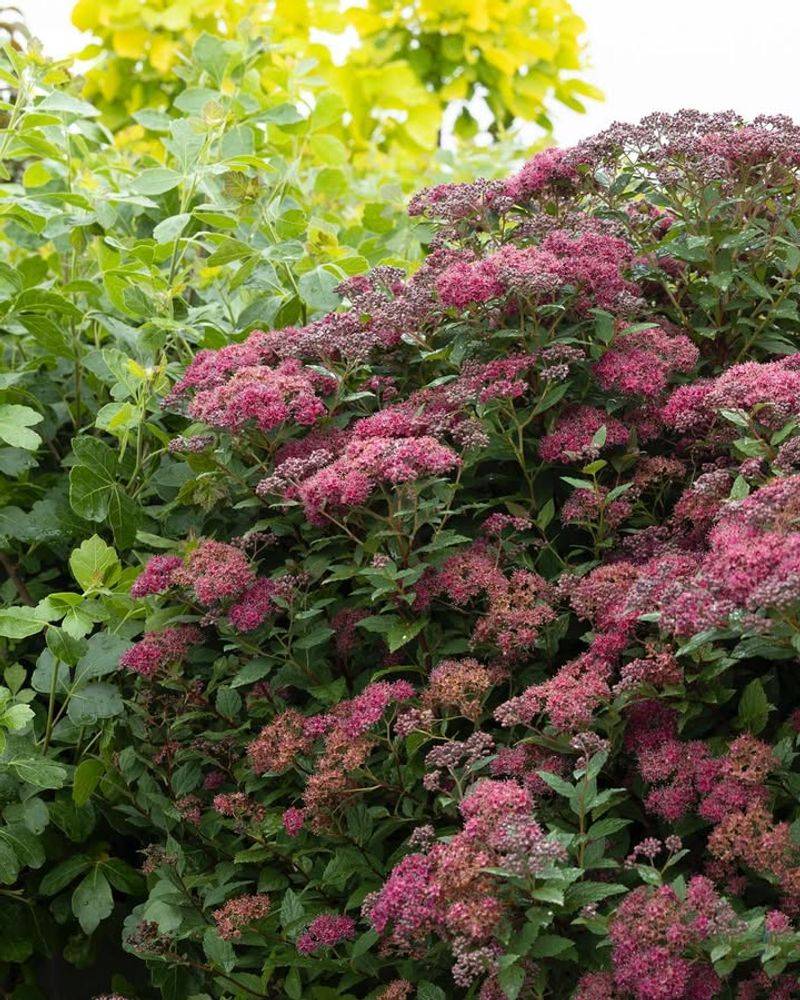Fall is the perfect time to get your garden ready for winter and set the stage for a beautiful spring. Pruning helps plants stay healthy, grow stronger, and produce more flowers or fruit next year.
In New York, where winters can be harsh, knowing which plants to trim now makes all the difference for a thriving garden come springtime.
1. Roses
Cutting back your rose bushes before winter arrives in New York prevents disease and encourages vigorous spring growth. Remove dead or damaged canes first, then trim healthy stems to about 18 inches tall.
Always make cuts at a 45-degree angle just above an outward-facing bud. Clean your pruning shears between cuts to avoid spreading any fungal infections.
Don’t worry about being too precise—roses are forgiving plants that bounce back beautifully after a good trim.
2. Hydrangeas
Not all hydrangeas need fall pruning, so identify your variety first. Smooth and panicle hydrangeas benefit from autumn trimming, while bigleaf types should wait until spring.
For varieties that bloom on new wood, cut stems back by about one-third to maintain shape. Remove any weak or crossing branches to improve air circulation.
Leaving some old blooms over winter adds visual interest and protects emerging buds from harsh New York cold snaps.
3. Fruit Trees
Apple, pear, and cherry trees thrive when pruned during their dormant period. Start by removing any dead, diseased, or damaged branches to keep your trees healthy.
Focus on opening up the canopy so sunlight reaches the center, which improves fruit production next season. Cut away branches that cross or rub against each other.
Young trees need shaping, while mature ones benefit from thinning to maintain their structure and encourage better harvests in your New York garden.
4. Clematis
With over 300 varieties, clematis pruning depends on which group yours belongs to. Group 3 clematis, which bloom on new growth, should be cut back hard in late fall.
Trim these varieties down to about 12 inches from the ground. Group 1 and 2 types need minimal pruning—just remove dead stems.
Check plant tags or gardening guides if you’re unsure which group you have growing on your New York fence or trellis.
5. Butterfly Bush
Known for attracting pollinators all summer long, butterfly bushes benefit from aggressive fall pruning in colder climates. Cut the entire plant back to about 12 inches above ground level.
Removing old growth prevents winter damage and promotes stronger stems next spring. Don’t be afraid to prune hard—these resilient shrubs regrow quickly.
Some gardeners wait until early spring, but fall trimming works well in New York to prevent snow damage.
6. Raspberries
Summer-bearing raspberries need their old fruiting canes removed after harvest finishes. Look for brown, woody canes that produced berries and cut them down to ground level.
Leave the green, first-year canes alone—they’ll produce fruit next summer. Fall-bearing varieties can be cut entirely to the ground for easier maintenance.
Proper pruning prevents disease, improves air flow, and ensures you get a bountiful berry harvest when warm weather returns in New York again.
7. Lilac Bushes
While spring is technically the best time for major lilac pruning in New York, fall offers a chance for light maintenance. Remove any dead or diseased branches you notice.
Trim out suckers growing from the base to direct energy toward main stems. Avoid heavy pruning now since lilacs set next year’s flower buds in summer.
A little cleanup now keeps your bushes tidy without sacrificing those fragrant spring blooms everyone loves so much.
8. Ornamental Grasses
Leaving ornamental grasses standing through winter creates beautiful texture in your landscape, but some New York gardeners prefer fall cleanup. If you choose to cut them back, wait until late fall.
Use hedge shears or a sharp saw to trim clumps down to about 6 inches above the ground. Bundle the cut stems for easy disposal or composting.
Alternatively, leave them until early spring when new growth starts—the dried plumes provide winter interest and shelter for beneficial insects.
9. Perennial Flowers
Many perennials benefit from being cut back once they’ve finished blooming and frost has killed the foliage. Remove dead stems from plants like hostas, daylilies, and peonies.
Cutting back prevents disease and eliminates hiding spots for pests over winter. Some perennials, like sedums and coneflowers, can be left standing for winter interest.
Their seed heads feed birds during cold months, so consider leaving a few favorites uncut until spring arrives with warmer temperatures.
10. Blackberry Bushes
Similar to raspberries, blackberries produce fruit on second-year canes that should be removed after harvest. Identify the brown, dead canes and cut them to the ground.
Wear thick gloves—those thorns are no joke! Thin out weaker first-year canes, leaving the strongest 4-6 per foot of row.
Good fall pruning improves next summer’s berry size and makes picking easier. Your future self will thank you when harvest time rolls around again.
11. Wisteria
in New York, vigorous wisteria vines need pruning twice yearly to keep them under control and encourage blooming. Fall pruning involves cutting back long whippy shoots to about 6 inches.
Focus on shortening new growth that appeared during summer while preserving the main framework. Count 5-6 buds from the base and make your cut there.
Regular fall trimming, combined with summer pruning, helps direct energy into flower production rather than endless leafy growth sprawling everywhere.
12. Spirea Shrubs
Summer-blooming spirea varieties respond well to fall pruning, which helps maintain their attractive rounded shape. Remove about one-third of the oldest stems at ground level.
Trim back any stems that look weak, damaged, or out of place. Spring-blooming spirea should wait until after flowering to avoid cutting off next year’s buds.
A well-pruned spirea produces more blooms and stays compact rather than becoming leggy and overgrown as seasons pass by year after year.

